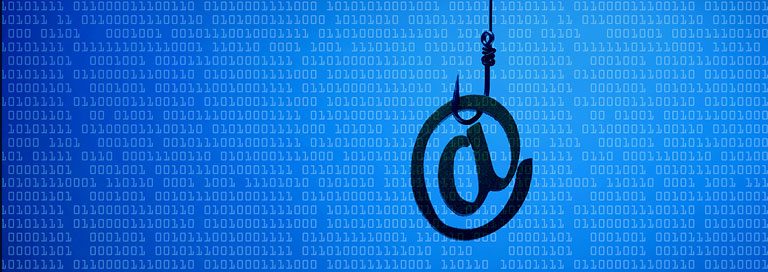In 1978, a marketing manager with Digital Equipment Corporation sent an unsolicited electronic message to hundreds of ARPANET users promoting the company’s new mainframe computers. It is the first known instance of spam, and it kicked off more than four decades worth of unwelcome, unwanted and unrelenting email abuses.
Email has since become the de facto standard for business communication, with roughly 8 billion email accounts worldwide generating more than 300 billion emails daily. But the ubiquitous nature of the medium has made it ripe for abuse. It is estimated that more than two-thirds of all emails today are spam.
Worse yet, it has become the primary delivery vehicle for a host of criminal exploits, including phishing attacks, ransomware, viruses and more. According to the 2023 Egress Email Security Risk Report, 92 percent of organizations fell victim to successful phishing attacks last year and 91 percent experienced email data loss.
Regardless of the obvious risks, email isn’t going anywhere. It is too deeply integrated into business processes and daily workflows. It’s fast, easy, cost-effective and familiar. Replacing it would require a substantial overhaul of established communication practices and would undoubtedly create massive disruptions and productivity challenges.
With organizations likely to rely on email for decades to come, they must take steps to enhance the security of this critical communication platform. Here are eight key ways to boost email security:
- Enable multifactor authentication (MFA). MFA adds an extra layer of protection by requiring a password and additional forms of verification before users can access their email accounts. This often involves a temporary code sent to a user’s mobile device. Even if a password is compromised, unauthorized access is thwarted without the additional authentication.
- Implement encryption. Email encryption ensures that only authorized recipients can decipher encoded messages with the appropriate decryption key. This helps protect sensitive information such as financial data, personal details or business-critical communications from unauthorized interception.
- Use secure email gateways. Deployed as either a hardware device or a software application, gateways are essentially email firewalls. They analyze emails against databases of blacklisted URLs, flagged keywords and other characteristics, and then block or quarantine suspicious messages before they are delivered to the intended recipient.
- Authenticate senders. Email authentication protocols such as Domain-based Message Authentication, Reporting & Conformance (DMARC) help identify spoofed emails and notify email servers to delete those messages upon receipt, keeping them out of inboxes and preventing their propagation.
- Implement Data Loss Prevention. DLP solutions scan email headers, body content and attachments to enforce a range of best-practice security measures. They can prevent sensitive company information from leaving the company by email, and block unauthorized users from downloading or copying data onto USB devices or other unsecured endpoints.
- Update software and security patches. Regularly updating email software and applying security patches is crucial to addressing known vulnerabilities. This helps close potential entry points for cybercriminals and ensures that the security features of the email platform are up-to-date.
- Conduct phishing awareness training. Regular training will help users recognize and avoid phishing attacks. Teach users how to check for phishing indicators such as mismatched URLs, and to avoid clicking on links or downloading attachments from unknown or unexpected sources.
- Monitor network activity. Network monitoring tools allow organizations to track and analyze email traffic patterns. This helps identify patterns of behavior that might indicate a compromised account or a coordinated attack. Rapid response to anomalies can prevent or minimize the impact of a security incident.
Email has been a great business tool for decades because it is easy to use and it gets the job done, but security cannot be an afterthought. Contact us to learn more about enhancing your email security capabilities.




